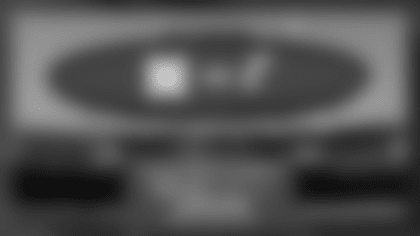The Kansas City Chiefs victory over the Minnesota Vikings in Super Bowl IV was more than simply a win by an underdog team from an upstart league. It signaled, to some close followers of the game, that the idea that quarterbacks would move to become scramblers and not pocket passers was little more than a passing fad.
In Vikings quarterback Joe Kapp, the Chiefs would face a man who was apt to look to run. Hank Stram's game plan as it pertained to Kapp was to contain him and not let him get out of the pocket and scramble for yardage. Kapp's forte was more that of quarterback as leader than classic drop back passer. He liked to move the ball any way he could and was counted on to scramble for yardage which he did with some regularity over his career with Minnesota.

Kapp's play gained notoriety around the league as the Vikes tore off 12 straight wins in the 1969 regular season. He never sought to run away from tacklers, preferring to run over them, proving his toughness in the process, and bolstering the toughness of the entire Vikings team as seen in the play of supposedly the game's most fragile player, its quarterback.
Stram was impressed, admitting before the game that Kapp was the prototype for the pro quarterback of the 1970s.
To combat his style, the Chiefs, concentrating on their defensive ends, focused on keeping him in the pocket. But when he did escape, Kapp was pummeled and hit hard. By the conclusion of the game he was off to the hospital to have his shoulder examined after end Aaron Brown planted him for a loss on a scramble. Images of a bruised, battered and grimacing Kapp were everywhere in the next day's newspapers.
After the game, New York columnist Dick Young would write that Stram's remarks had been a ploy, a case of "putting the boys on." To Young's mind, "the prototype quarterback" would remain as he always was, "the tried and proven item, the guy who stays in the pocket and fires that ball: the Len Dawson, the Joe Namath, the Daryle Lamonica."

Jump ahead to today and see that the idea of the drop-back quarterback is fading once again, but with more evidence than any that could have been garnered in Kapp's time.
The NFL is moving to more of a passing league and the idea of quarterbacks standing in the pocket to throw the ball is becoming, how we say, passé, or so it is being suggested.
Today's flavors of the year at the position are Russell Wilson and Colin Kaepernick with old timers preferring Peyton Manning and newcomer Andrew Luck. For the record and surely not to pass the eye test, Joe Kapp does not look anything like Wilson or Kaepernick in physical makeup, or in how he may have preferred running over defenders instead of avoiding them, as today's young quarterbacks do.
One's mobility in passing the ball is now quite common, as is the whole idea to throw first and maybe run sometime. The key word here is "sometime."
In 2013, NFL teams threw for more passes for more yards and more touchdowns than in any season in NFL history. The average number of passes thrown by an NFL quarterback per game was 35.4.
The number is increasing by leaps and bounds.
In the space of one year (2012-2013) the yardage in passes increased by 3,500 yards. Only ten years prior, NFL teams threw 1500 fewer passes for 11,000 fewer yards and 150 fewer touchdowns.
Photos from the career of Len Dawson
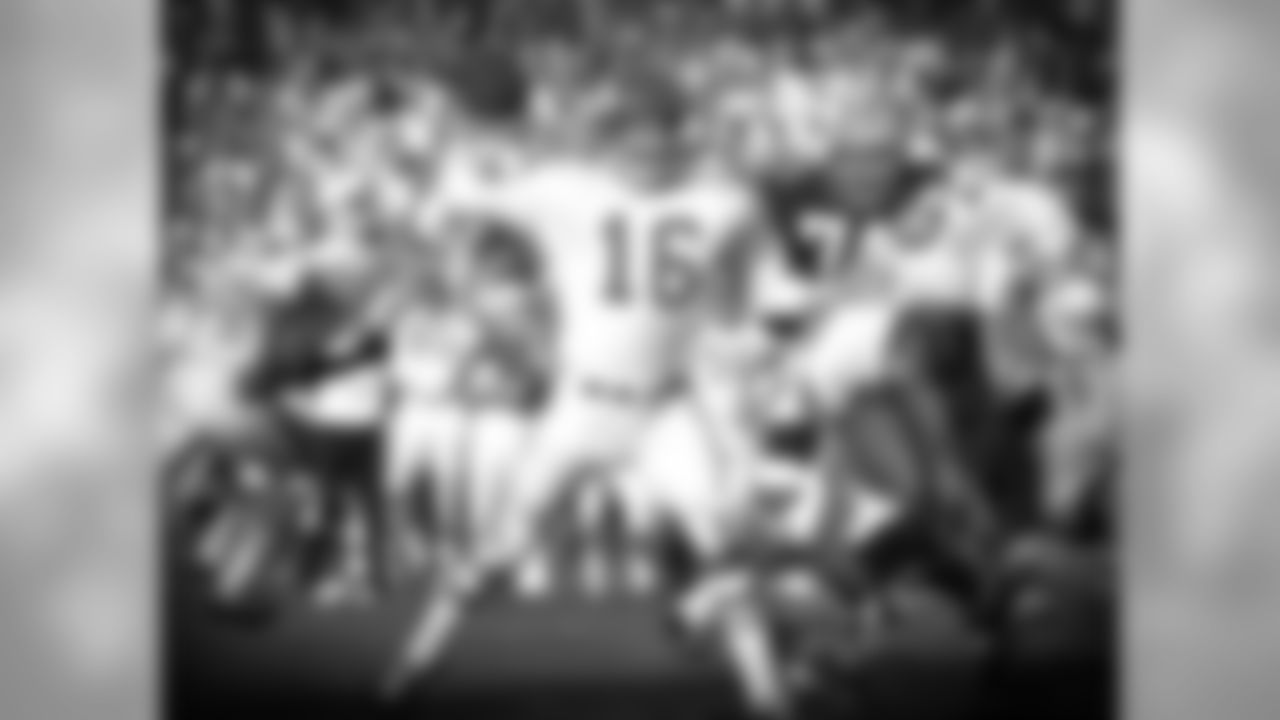
Photos from the career of Len Dawson
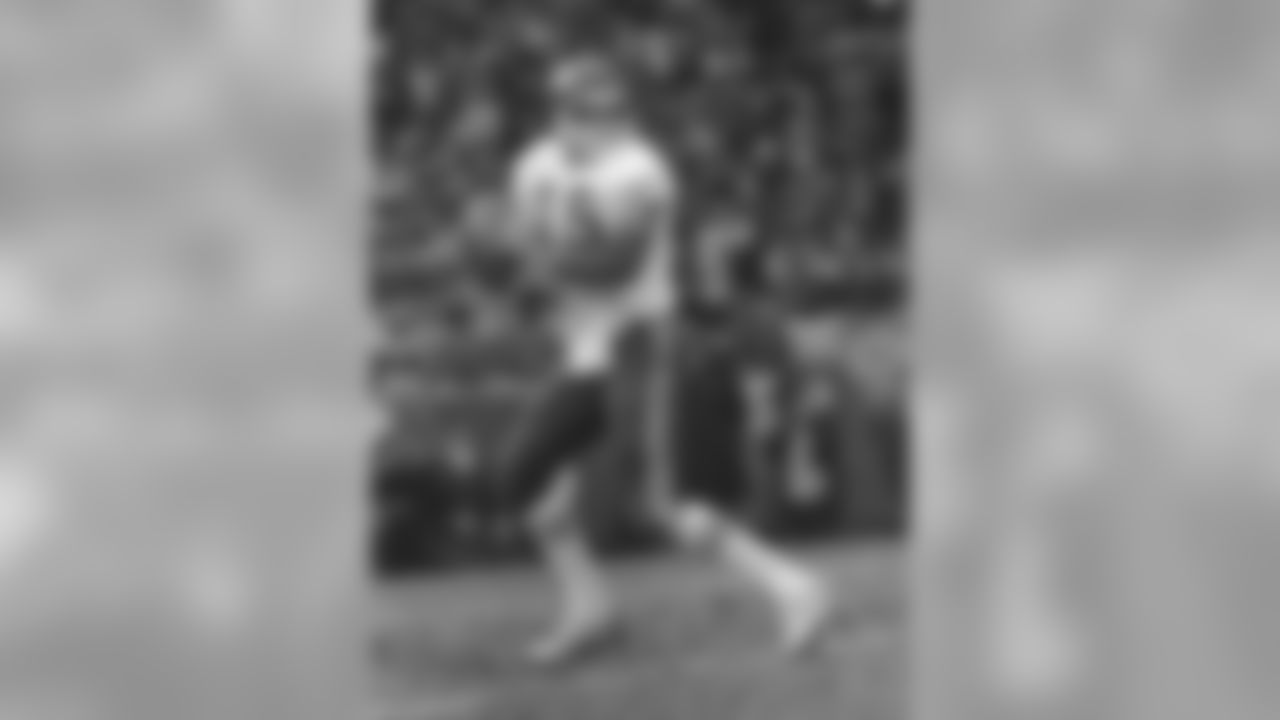
Photos from the career of Len Dawson

Photos from the career of Len Dawson
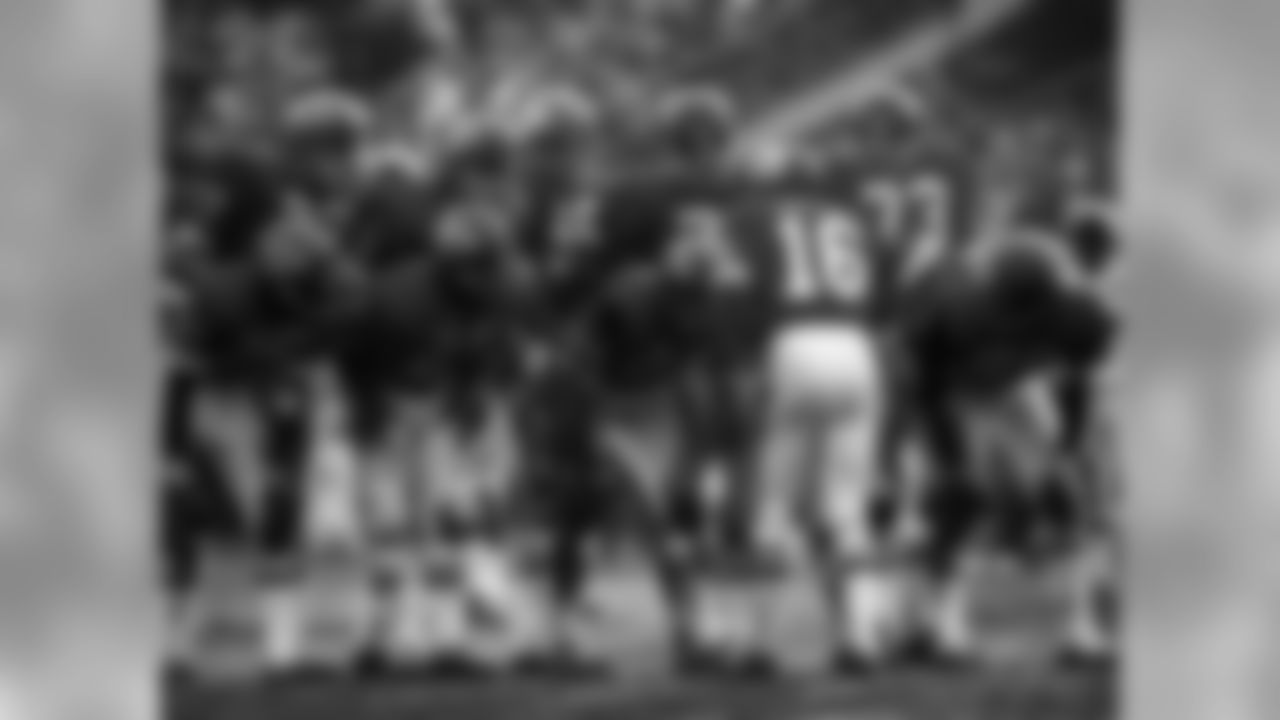
Photos from the career of Len Dawson

Photos from the career of Len Dawson
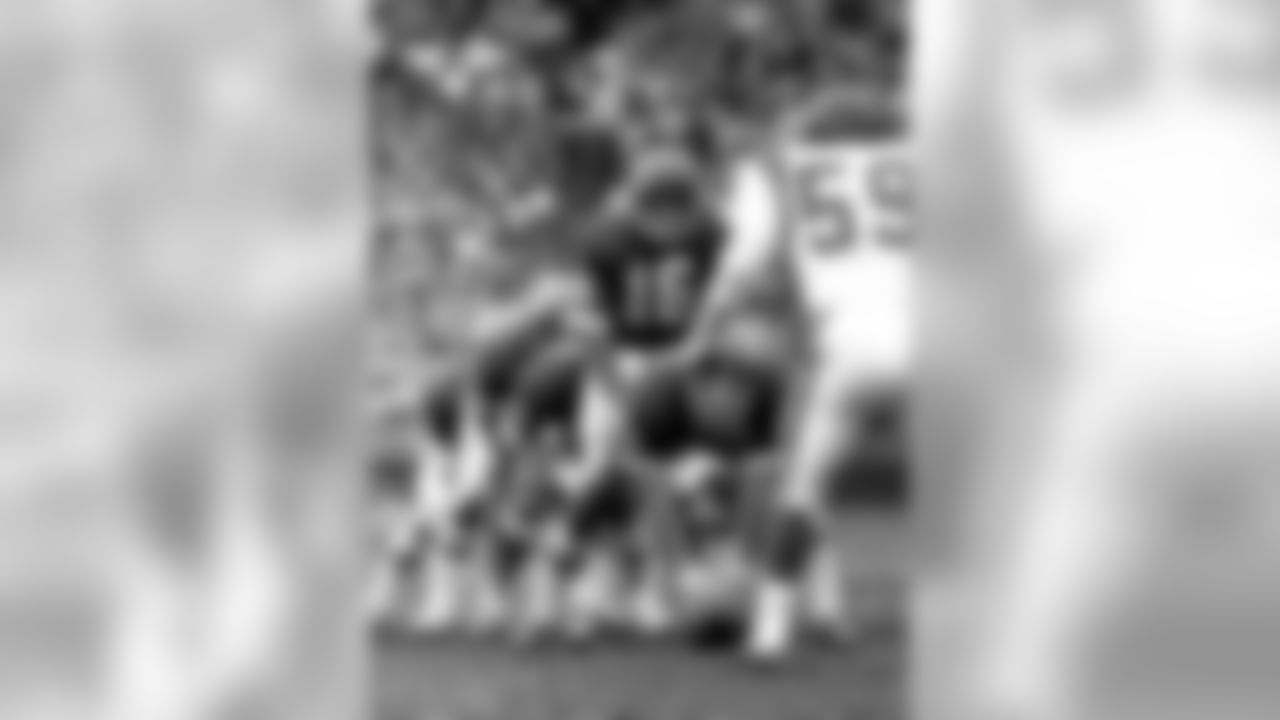
Photos from the career of Len Dawson
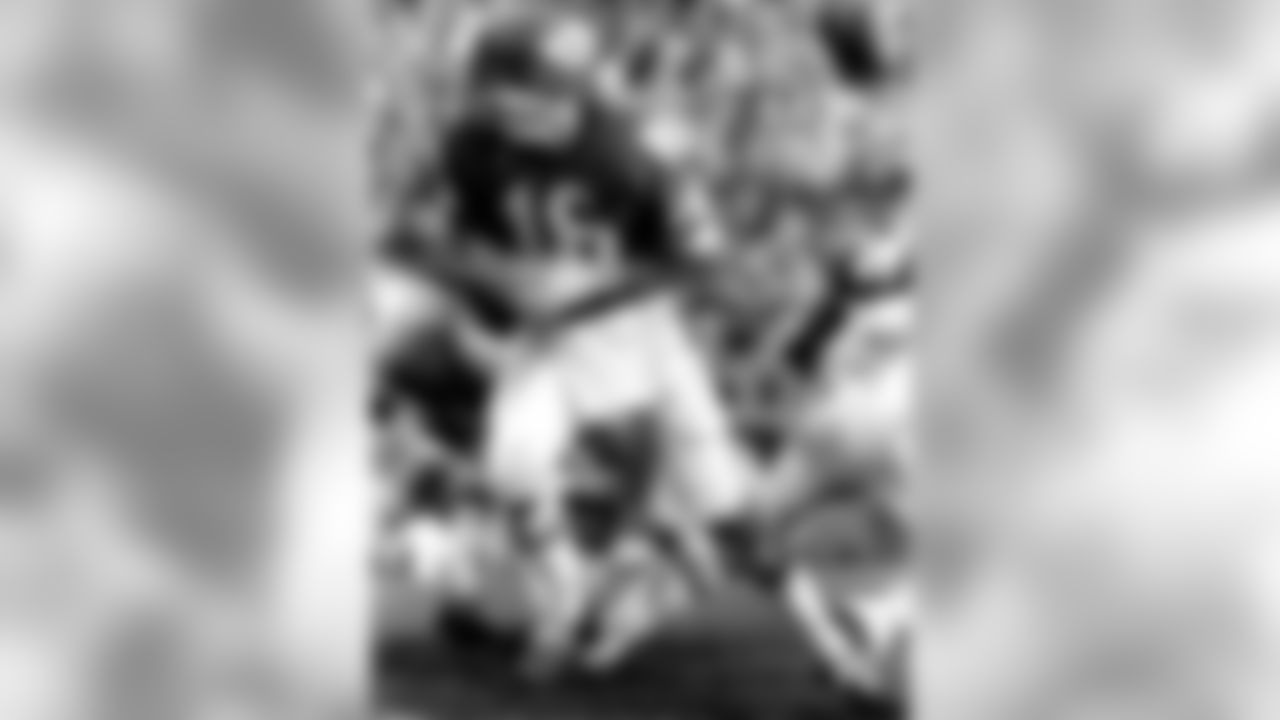
Photos from the career of Len Dawson
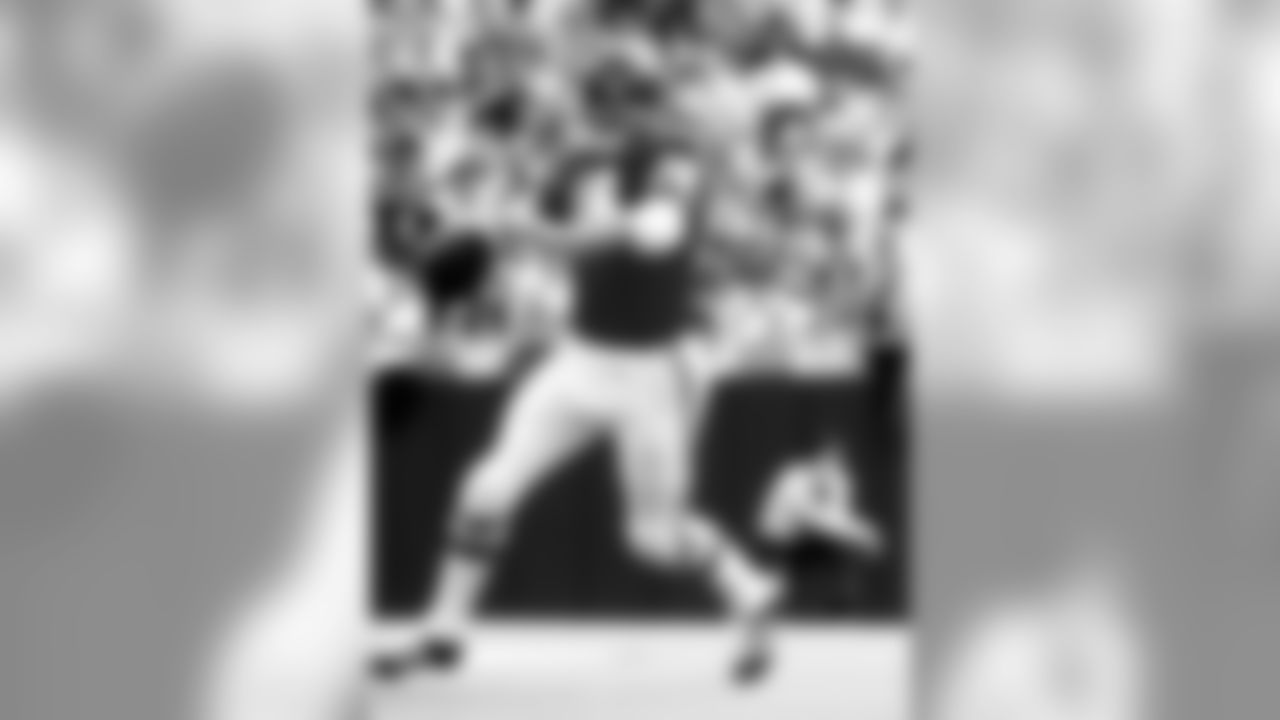
Photos from the career of Len Dawson
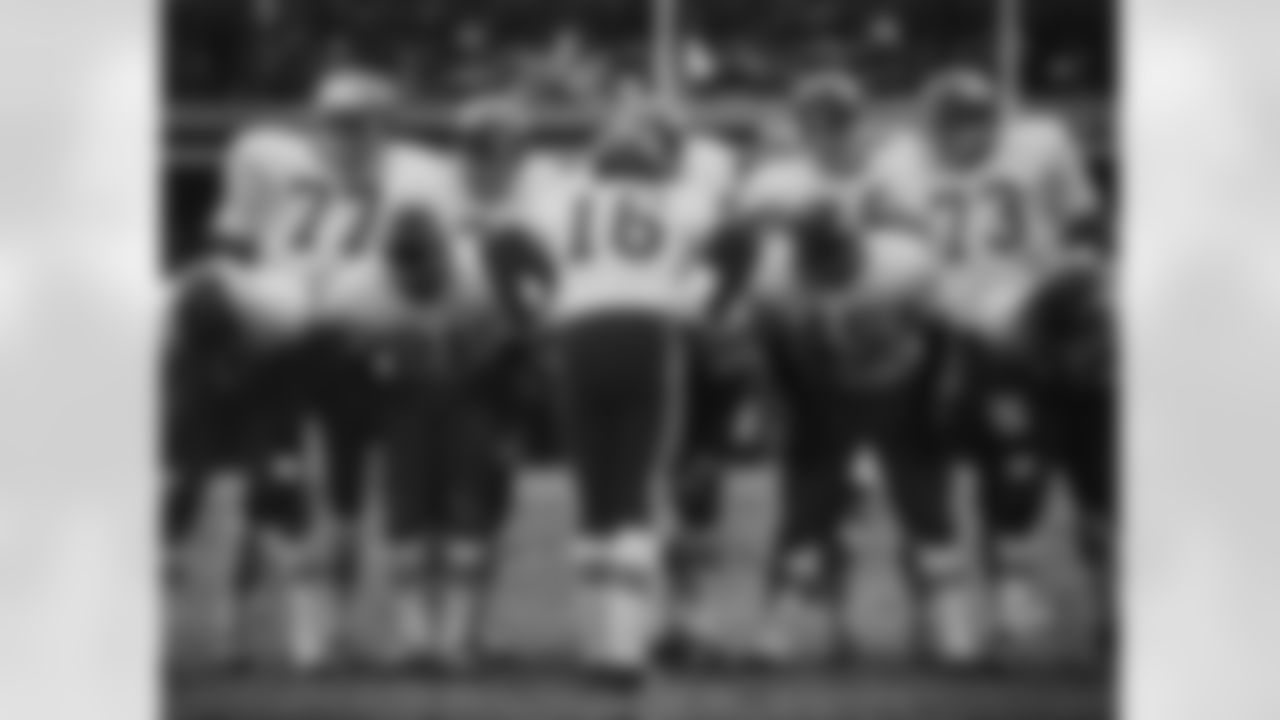
Photos from the career of Len Dawson

Photos from the career of Len Dawson

Photos from the career of Len Dawson
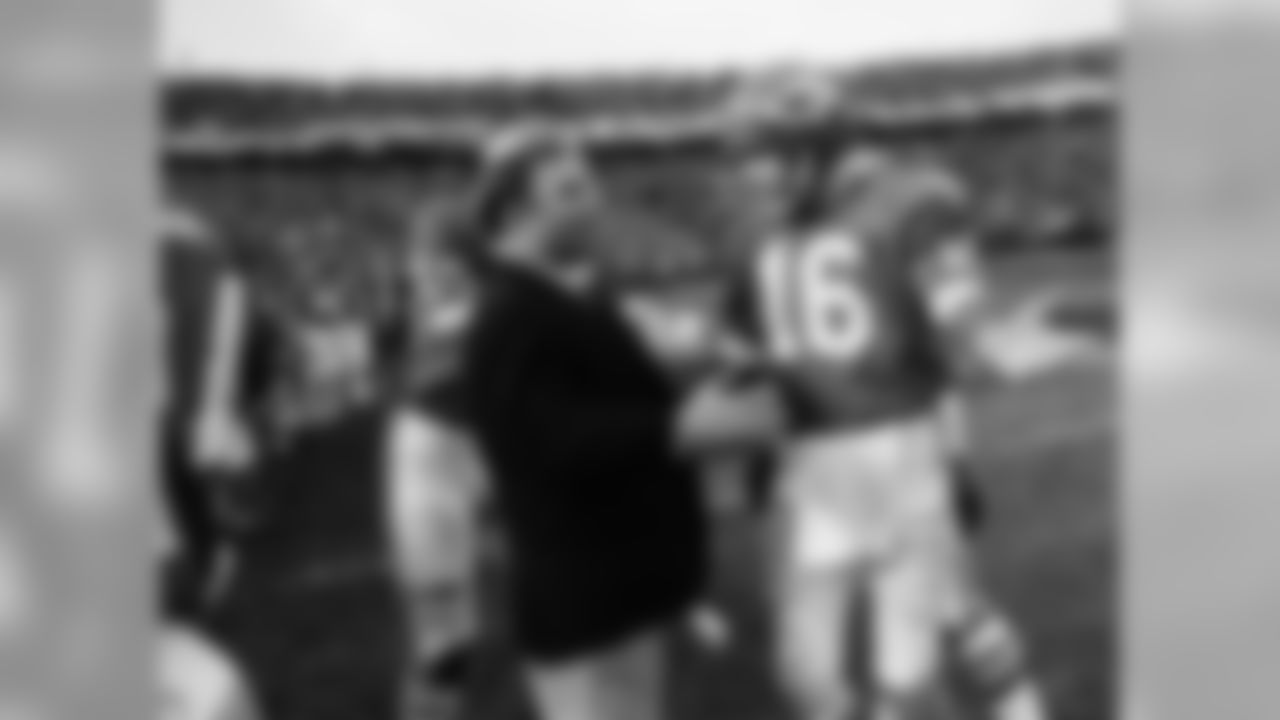
Photos from the career of Len Dawson
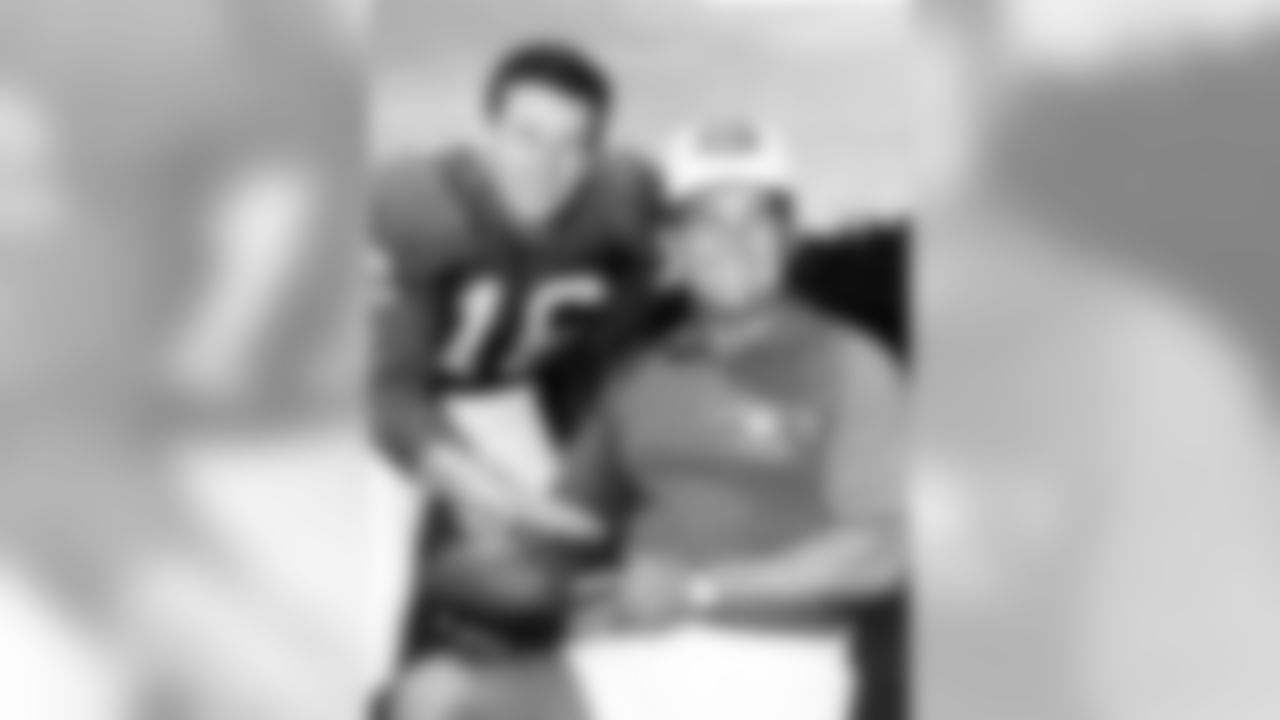
Photos from the career of Len Dawson
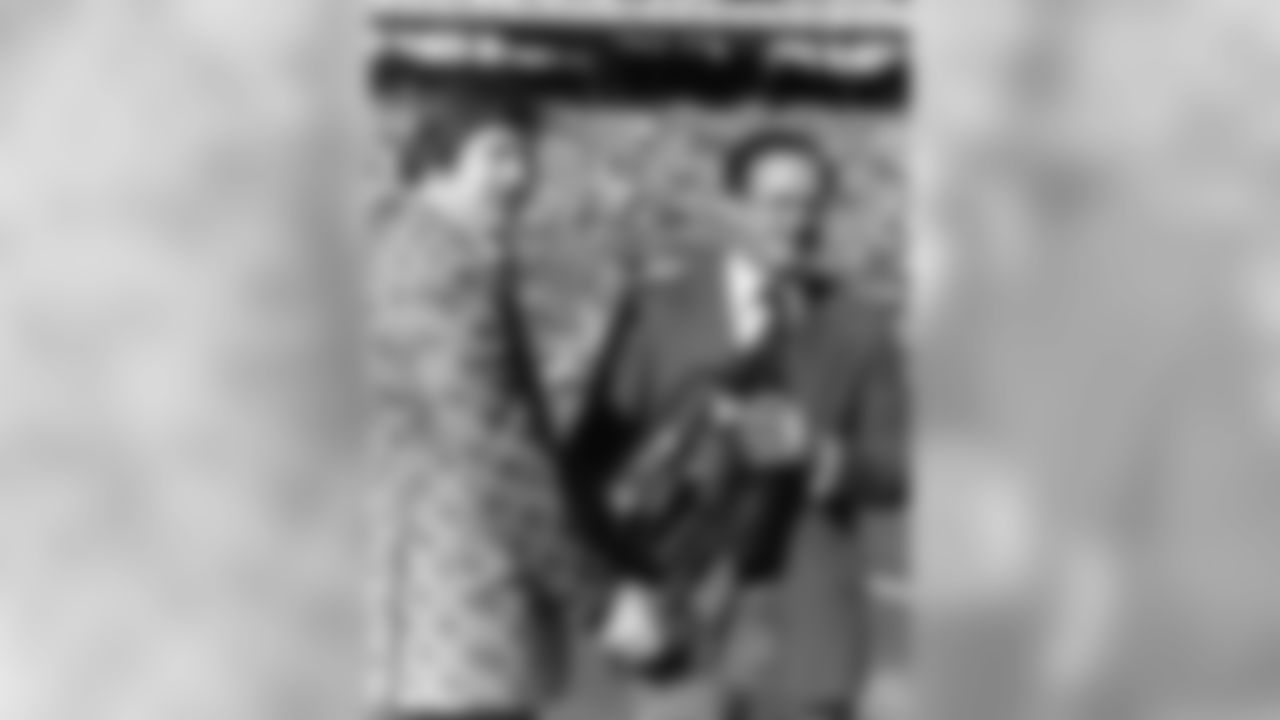
Photos from the career of Len Dawson
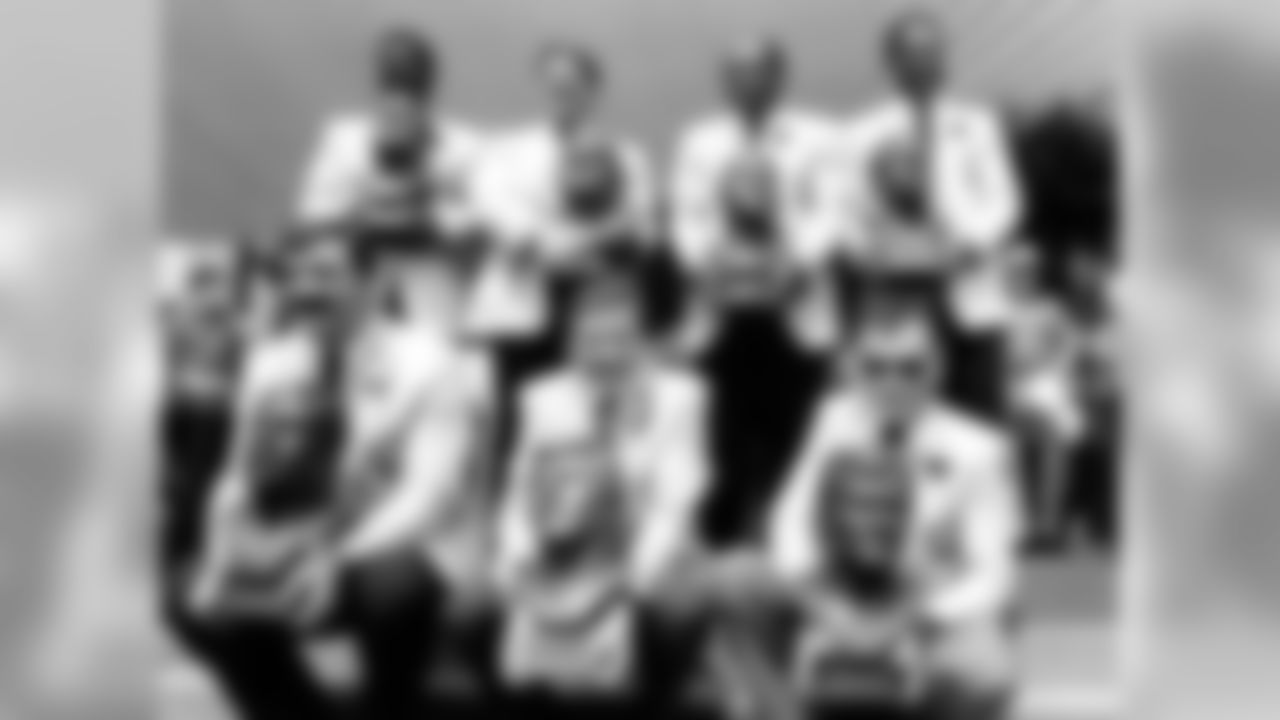
Photos from the career of Len Dawson

Photos from the career of Len Dawson
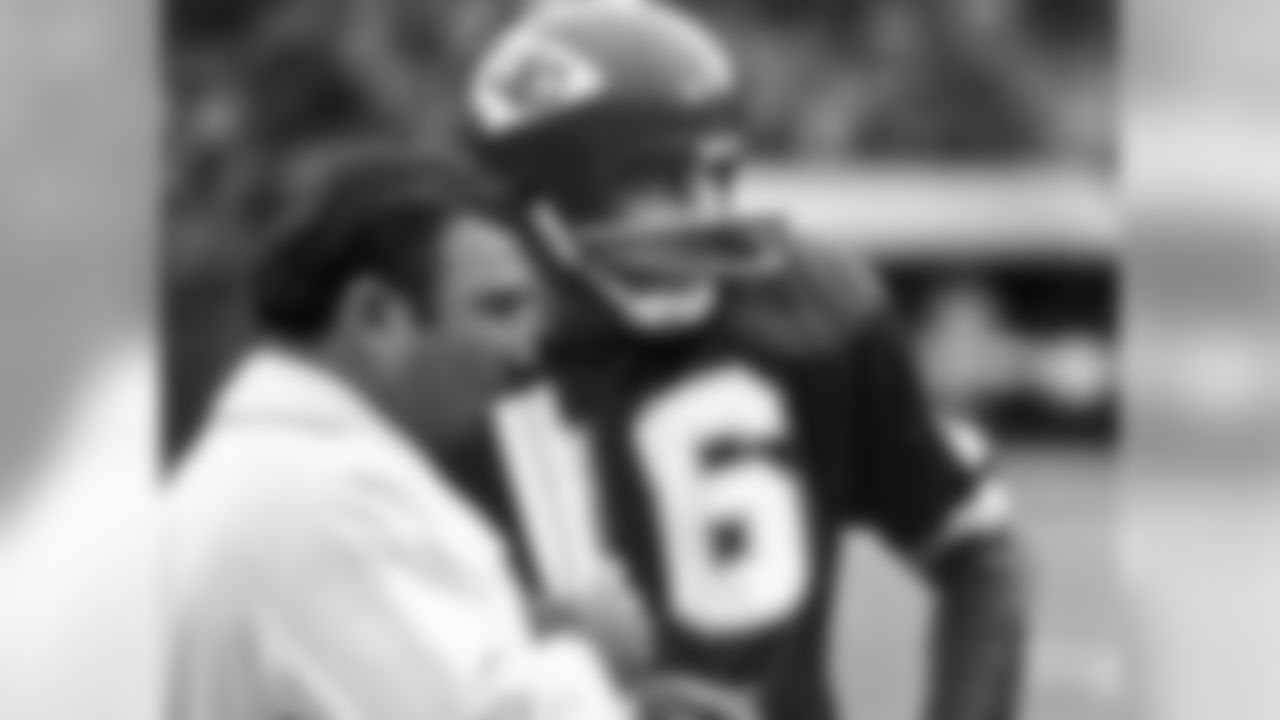
Photos from the career of Len Dawson

Photos from the career of Len Dawson

Photos from the career of Len Dawson

Photos from the career of Len Dawson

Photos from the career of Len Dawson
Trends come and go, of course, but this time it is the college world that is dictating them. At one time, the colleges took their cues from what the NFL was implementing and drop-backs were the order of the day, should a young man have any hopes of finding a spot on a pro roster.
But today's college quarterback fits more the mold of a Cam Newton or a Johnny Manziel. If these are the fellows coming out, and they are among the best the universities have to offer, what choice will NFL teams have but to take them and use them in similar ways?












